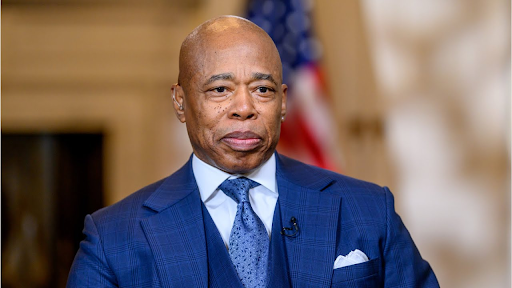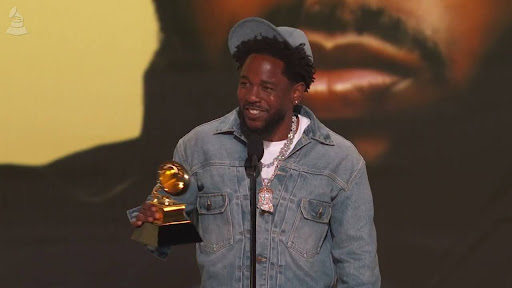Most of the teenagers currently enrolled in New York high schools will graduate. Less than half will then enroll at universities, and almost none of them will be ready for college.
New York’s schools received their “report cards” this week, and the study showed that while high school graduation rates are up, college-readiness is below five percent.
Lacey and Shayna, high school seniors from the Bronx, explained why.
“They want to push us through,” Shayna said. “if our test scores are good, the school looks good, but the tests are easy.”
Lacey started high school in a public school, but transferred to a private school in her junior year.
“We never talked about college in my public school,” she said. “But when I got to private school, it was all about getting the test scores and going to school. Even the smartest kids aren’t going though, or they aren’t going to the big colleges.”
Lacey and Shayna aren’t going to school next year. They both think they may work for a year or two, and try to save some money before considering college.
New York schools began receiving millions in federal grant money last year in an effort to boost graduation numbers. While the initiative seems to be working, it is easy to wonder if the “powers that be” aren’t neglecting the future.
The city’s teenagers are doing their homework, passing their Regents, and not bothering to take the SAT, or even apply to college.
The classrooms of New York’s countless prestigious universities fill with students raised in other cities, and they become the next generation of leaders in government and industry. They become the giants of Wall St. and the decision-makers of New York. Meanwhile, those born and raised in Queens, the Bronx and Staten Island get left behind. The seats in City Hall that should be filled by young people from Harlem go instead to NYU graduates from Ohio.
There are over 8 million people in New York City. 21 percent of them are teenagers. Though the majority of that percentage will finish high school, even the ones who do enroll at a university will likely not be prepared for their college-level classes.
This week’s report card study showed that nearly all New York City high school graduates would need remediation classes, thus setting them behind in their university curriculum.
Shayna thinks the people in power in New York don’t always make the best decisions for the city’s people.
“Yeah, I mean some of the politicians are from New York, but I think there are so many people making laws and people who have such influence in the city that don’t really know the city,” she said. “They didn’t grow up here, and they don’t know what we need or what’s best for New York. It’s the biggest city in the country and it’s the most important. The people with power should be the people who know what the city’s about.”
The high graduation rates make the city, and the people running it, look great. But appearances aren’t everything, and the gaps in the plan are more than apparent. If the trend continues, New York will have plenty of high school graduates, but few natives with degrees, and the decision-makers of the city will be transplants – people born and bred elsewhere.
True, New York holds a place for everyone. The city welcomes with open arms the young people who arrive on her streets ready to fill the hallowed halls of the schools, assimilate into the culture, and take seats on Wall St. and in City Hall as newly-minted New Yorkers. We come to New York at 18, and many of us put down roots and stay forever. But however deep those roots go, there are still those whose roots go deeper – and they’re being cheated out of their chance at those jobs we’ll all be competing for.
The federal funding New York schools are receiving is all well and good, and those schools are holding up their end of the bargain by boosting graduation numbers. But it’s about more than how many students get that high school diploma. It’s about what comes after graduation. It’s about giving the youth of New York an educated voice, and letting them speak for their own city.







